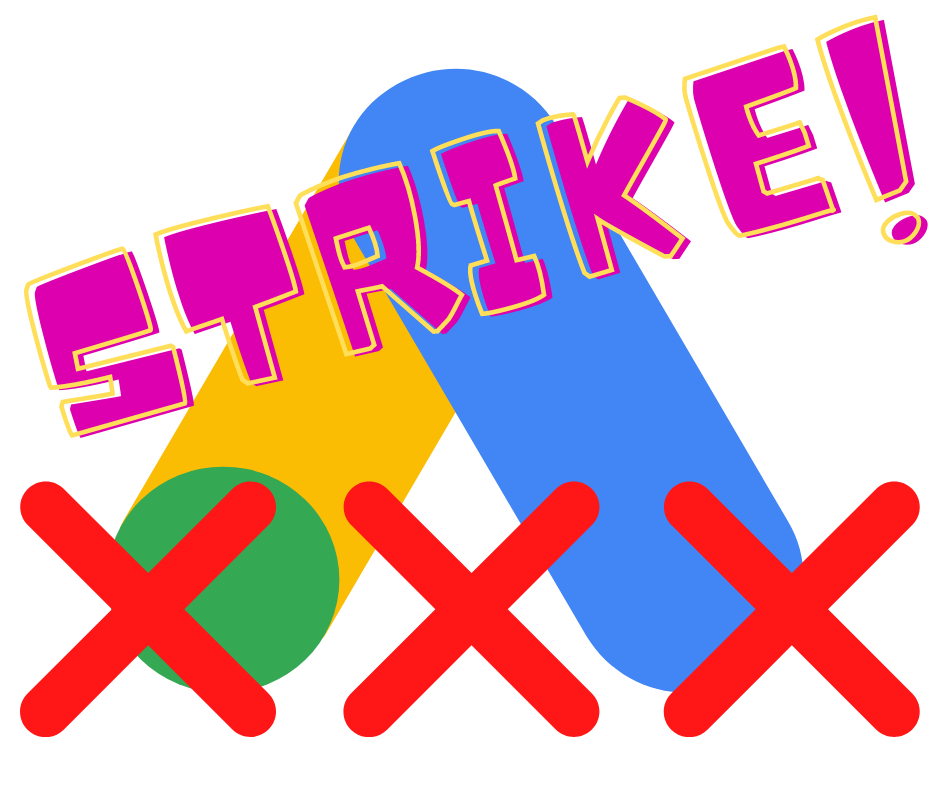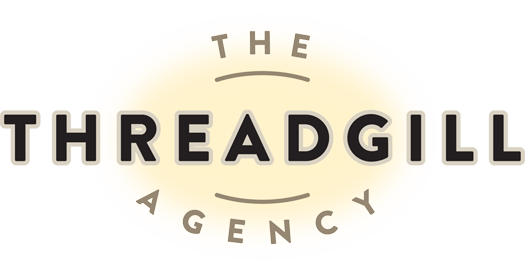
23 Aug Keep Your Ads Safe From Google’s New Three-Strike Policy
Prepare and Protect Your Ads from Google’s New Three-Strike Policy
Considering online ads increase brand awareness by 80 percent and 90 percent of consumers say ads influence their purchasing decisions, Google ads are undoubtedly an effective marketing tool. But in September, Google will implement a new three-strike policy for ads, one that promises greater consumer protection but has advertisers concerned about unjustified flagging and account holds or suspensions.
Google has always had policies to prohibit certain types of ads, from dishonest claims to dangerous products or services, but the enforcement process is new.
“Avoiding unnecessary strikes means being very deliberate with wording and acting quickly to appeal incorrectly flagged ads,” says Mat Threadgill, founder of The Threadgill Agency. Below, we’ll explore the three-strike process, what types of ads are prohibited, and what you can do to stay in the safe zone.
A Warning + Three-Strike Process
From the removal of ads to a full account suspension, it’s important to stay alert when creating ads and watching for violations to ensure your advertising dollars aren’t wasted. Google lays out their three-strike policy below. Note that the strikes add up when the violation is for the same policy infringement.
| Type | Trigger | Penalty |
| Warning | First instance of ad content violating our Enabling Dishonest Behavior, Unapproved Substances and Dangerous Products or Services policies | No penalties beyond the removal of the relevant ads |
| First Strike | Violation of the same policy for which you’ve received a warning within 90 days | The account will be placed on a temporary hold for three days, during which ads will not be eligible to run |
| Second Strike | Violation of the same policy for which you’ve received a first strike within 90 days of the first strike | The account will be placed on a temporary hold for seven days, during which ads will not be eligible to run. This will serve as the last and final notice for the advertiser to avoid account suspension |
| Third Strike | Violation of the same policy for which you’ve received a second strike within 90 days of the second strike | Account suspension for repeat violation of our policies |
Source: Google
Ads Prohibited
The three-strike pilot program this September specifically scrutinizes ad content that violates these categories (click the links for the full list):
- Enabling Dishonest Behavior such as false documents, hacking services, radar jammers, spyware or tracking technology that tracks others without authorization.
- Unapproved Substances such as unauthorized pharmaceutical products or healthcare services.
- Dangerous Products or Services including weapons, explosives, and recreational drugs.
According to Susie Marino, Content Marketing Specialist at WordStream, most PPC (pay-per-click) advertisers don’t need to be overly concerned: “I don’t see the average account being negatively affected because unless it’s in a high-risk industry, it most likely already abides by the rules.” On the website, however, Google notes their plans to expand the three-strikes rule to other policy areas in the future.
Implications and Potential Problems
Overall, marketers agree that Google ad policies are fair and easy to follow. But many online content creators express concerns when it comes to Google’s uneven implementation and unjustified disapprovals. Advertisers are worried that Google’s automated detection technology won’t correctly interpret context and nuance, based on history and current headaches.
For example, marketers are lamenting erroneous (and often humorous) disapprovals on Twitter, including a custom window company selling illegal substances and a cybersecurity company promoting drug use. Incorrect flagging could, in turn, create a time-consuming appeals process for marketers or agencies, plus a potential overload for Google support.
By rolling out the three-strikes policy under these limited categories, the hangups will optimistically be worked out early in the process. Google ad revenue is its main source of income and the company holds 29 percent of the global digital ad spend, so it’s in their best interest to improve its ad violation system.
Appealing Flagged Content
When you receive an ad disapproval via email, you can either edit and resubmit the ad based on the violation or make an appeal. Via your Google ads manager, make your appeal under the Ads and Extensions table or the Status column. You can also check your appeal status under the Policy Manager.
With a warning, you’ll face the removal of the disapproved ad but no holds on your account. If you successfully appeal via Google support, the warning will be removed from your record and not count toward your first strike. Warnings or strikes expire after 90 days, unless they deem another violation in that same category.
Dealing violations quickly – even incorrect ones – will ensure your strikes don’t add up to three within the 90-day window.
What to Do to Avoid Strikes and Suspension
- Be mindful of display imagery and text in your ads, especially as Google works out the kinks in this new rollout.
- Check all digital content, including landing pages, website text and images for anything that could potentially trigger a flag.
- To replace flagged content, have evergreen ads ready to go that steer far from violations.
- Make sure the email address associated with your ads is valid, active, and checked frequently. Advertisers will be notified when ads are flagged and removed, so stay on top of communication to respond quickly.
- When notified, correct the violations or submit an appeal quickly in order to return to good standing.
- Do not circumvent the process by creating a backup account to bypass multistrike suspensions, as Google already has policies in place to suspend accounts that do so.
- Diversify your marketing channels. Because Google holds such a large portion of the online marketing space, you need to stay in the game to be competitive. But exploring other advertising avenues like social media and local print ads is wise for any marketing strategy.
Threadgill Agency is here to help you navigate this ever-changing digital landscape, including Google’s new three-strikes policy. Contact us for help to stay in the “safe zone” with your Google ads and for support in appealing incorrect disapprovals.
